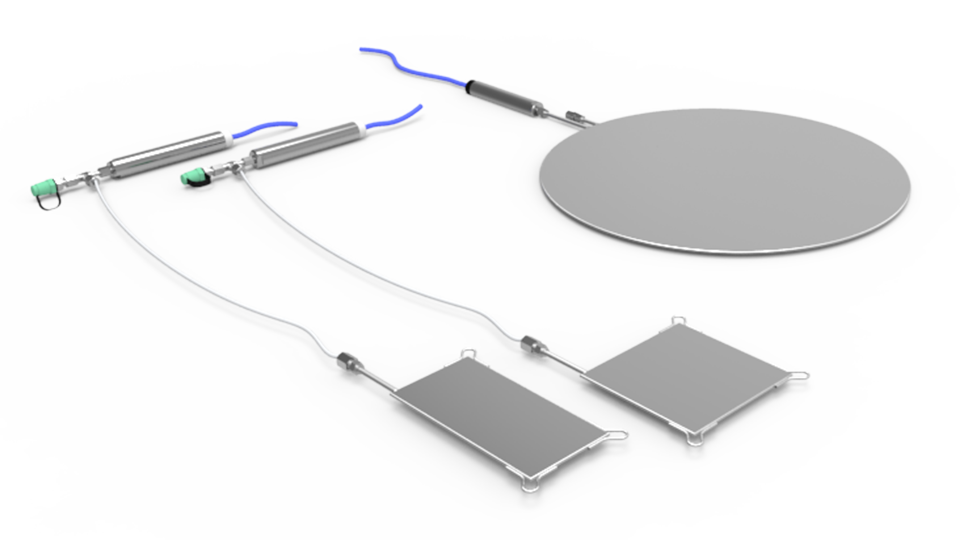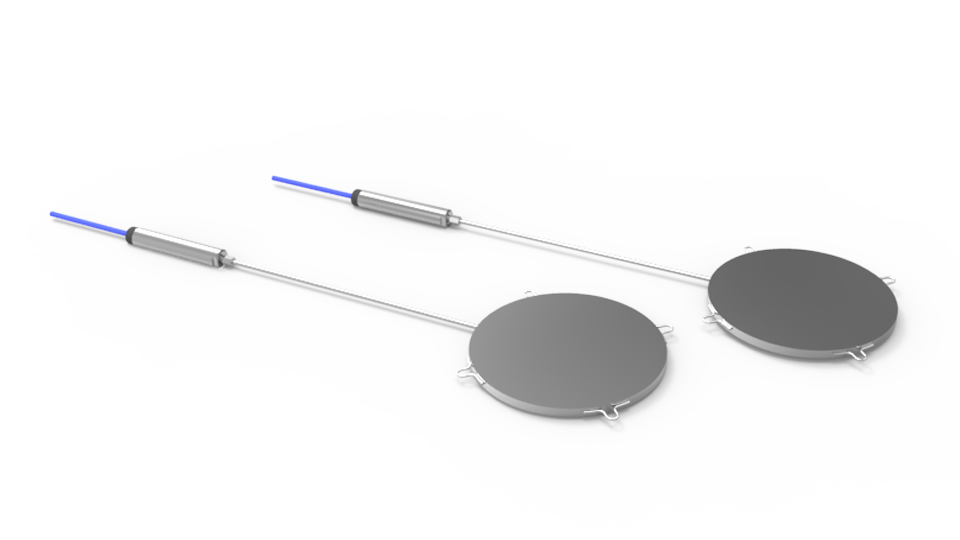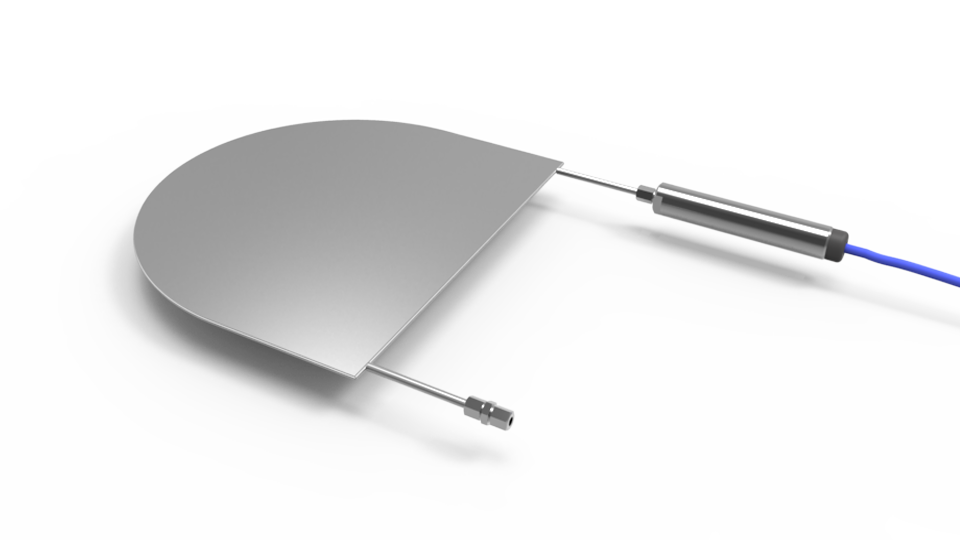Druckmessdosen
Druckmessdosen bestehen im Wesentlichen aus einem Druckkissen, welches mit einem entgasten Hydrauliköl gefüllt ist und einer daran angeschlossenen Hülse mit einem Druckaufnehmer. Die Größe und Form des Druckkissens wird je nach Anwendungsfall und dem zu erwartenden Druck oder der Größe des Objektes das gemessen werden soll gewählt.
Druckmessdosen werden häufig bei der Auffahrung von Tunneln, bei Aufschüttungen oder unter Plattengründungen eingesetzt.
Ein Flat-Jack ist eine spezielle Form der Druckmessdosen, welche zur Messung, bzw. Bestimmung von Tragfähigkeit oder Spannungen genutzt wird. Bei diesem Anwendungsfall werden die flachen Druckkissen in dünne Sägeschlitze in Beton, Fels oder auch Stein eingebracht.
Erddruckgeber bestehen aus einer einseitig druckempfindlichen Messdose mit einem daran angeschlossenen Sensorröhrchen. Der darin verbaute Sensor ist aufgrund der Langlebigkeit meist ein Schwingsaitenaufnehmer.
In Tunneln werden hydraulische Druckmessdosen häufig zum Monitoring von Spannungszuständen im Beton gefordert. Die hydraulischen Druckmessdosen sind als runde und rechteckige Druckgeber verfügbar. Neben der Druckkissenform kann man noch verschiedene Größen, Sensortypen und Druckbereiche wählen. Die Geber sind automatisch und per Handauslesegerät messbar.
In Flat-Jacks wird der Öldruck erhöht um einen Druck auf das angrenzende Material auszuüben. Durch die Bestimmung des Drucks der für bestimmte Verformungen notwendig ist können Rückschlüsse auf die Integrität und die mechanischen Parameter des getesteten Materials gezogen werden.
Weiterführende Informationen und Hilfestellungen bezüglich des Einsatzes von Druckmessdosen können in der ISO 18674-5 “Stress change measurements by total pressure cells (TPC)” gefunden werden.











